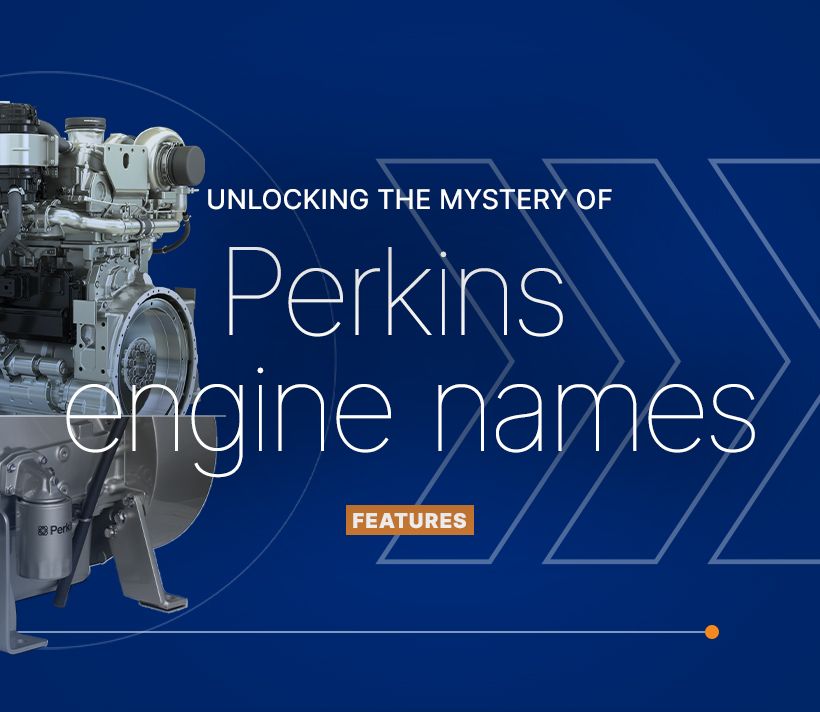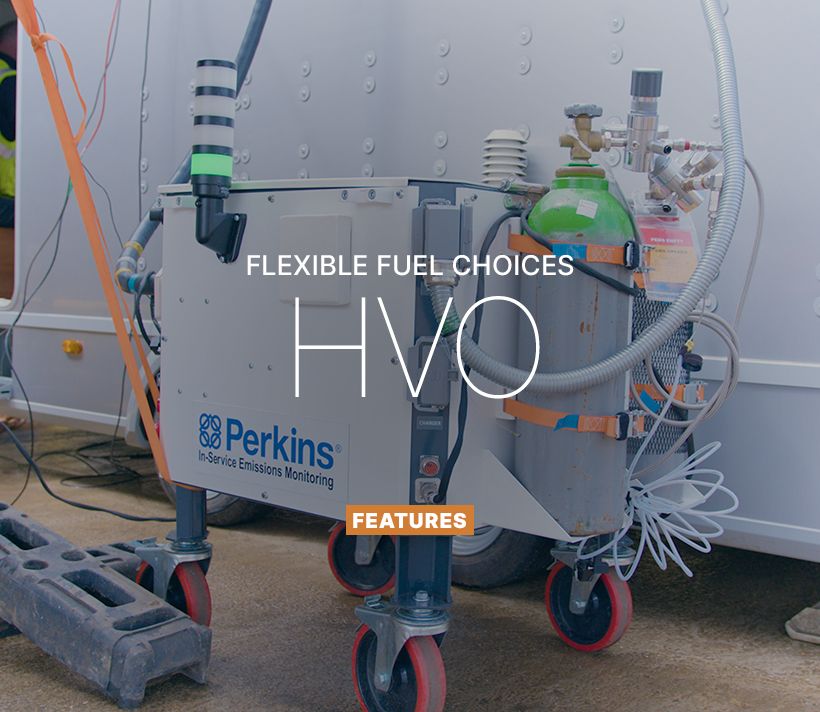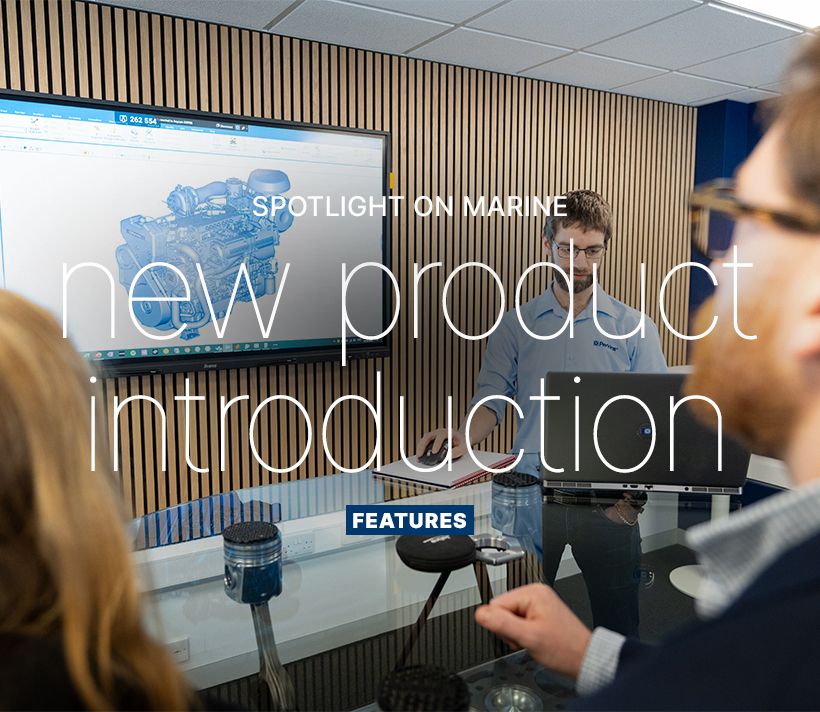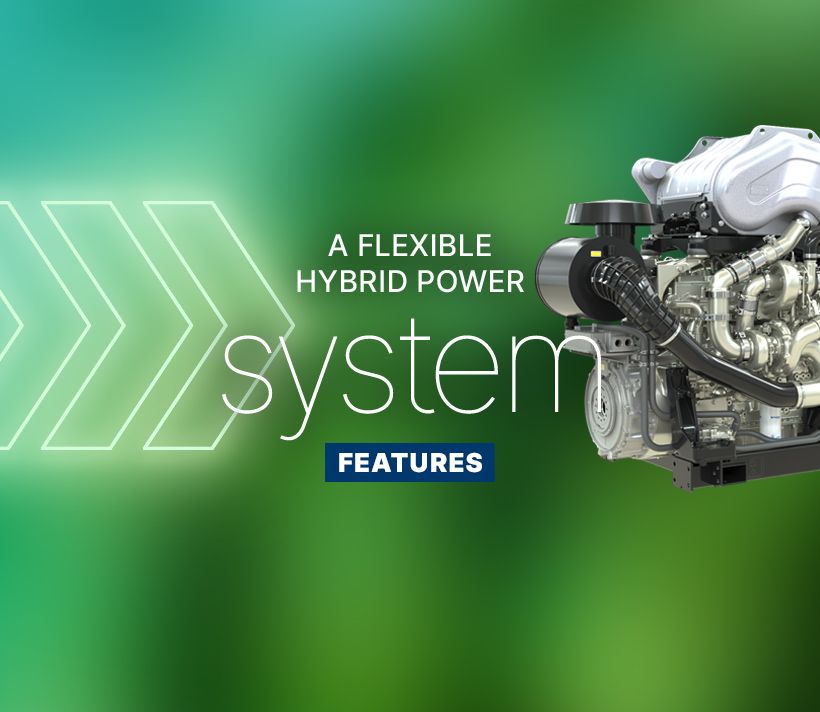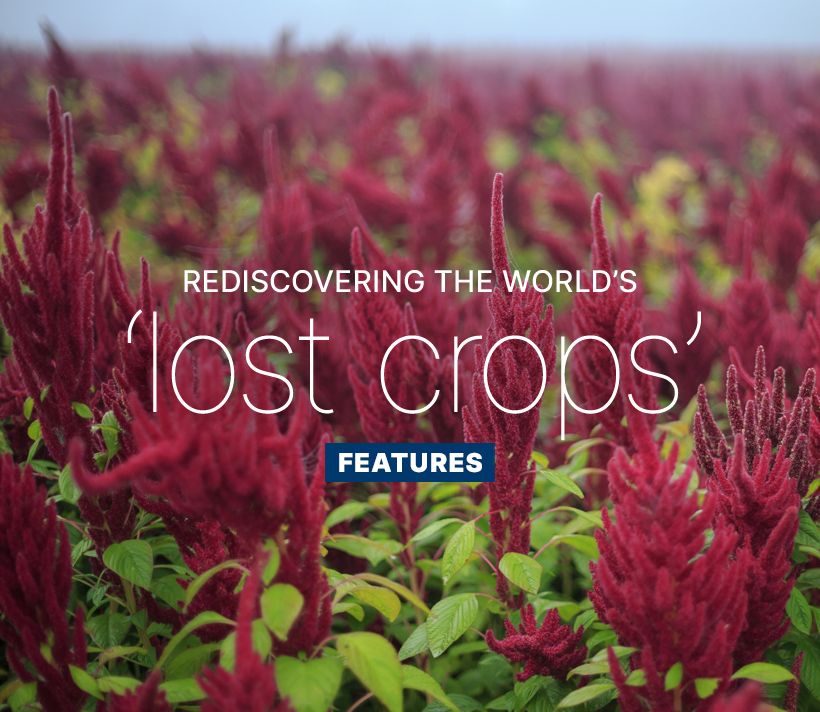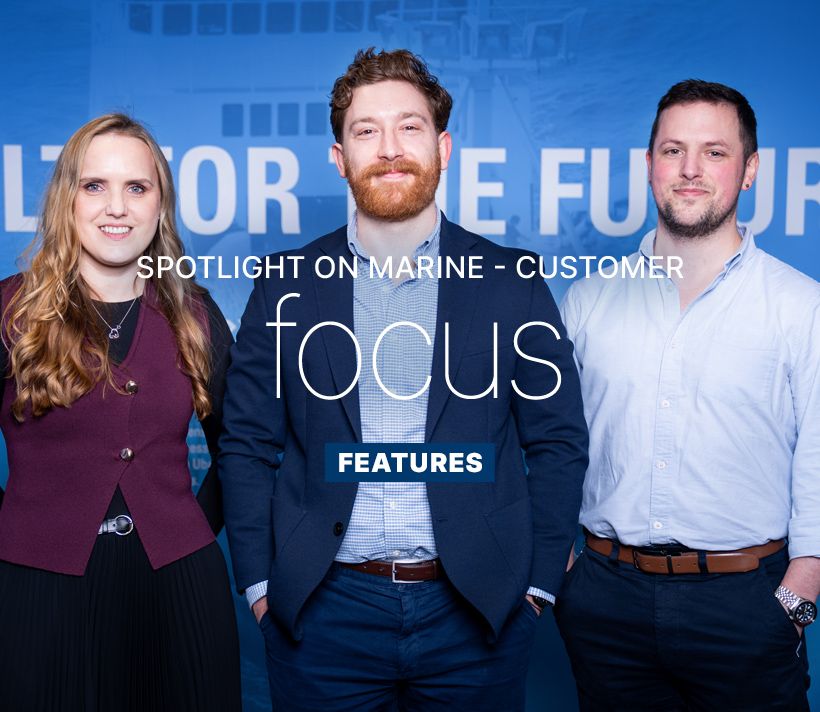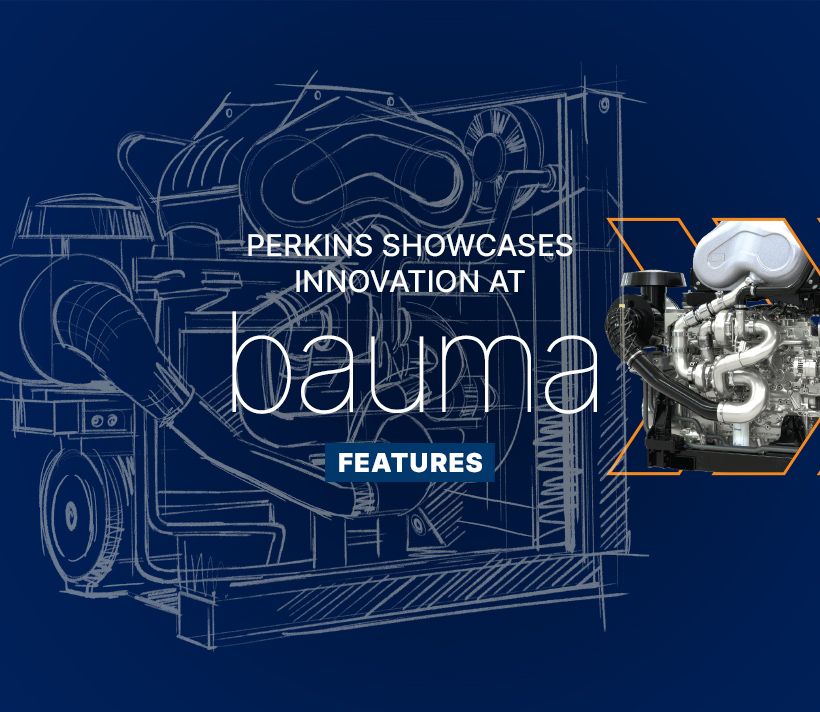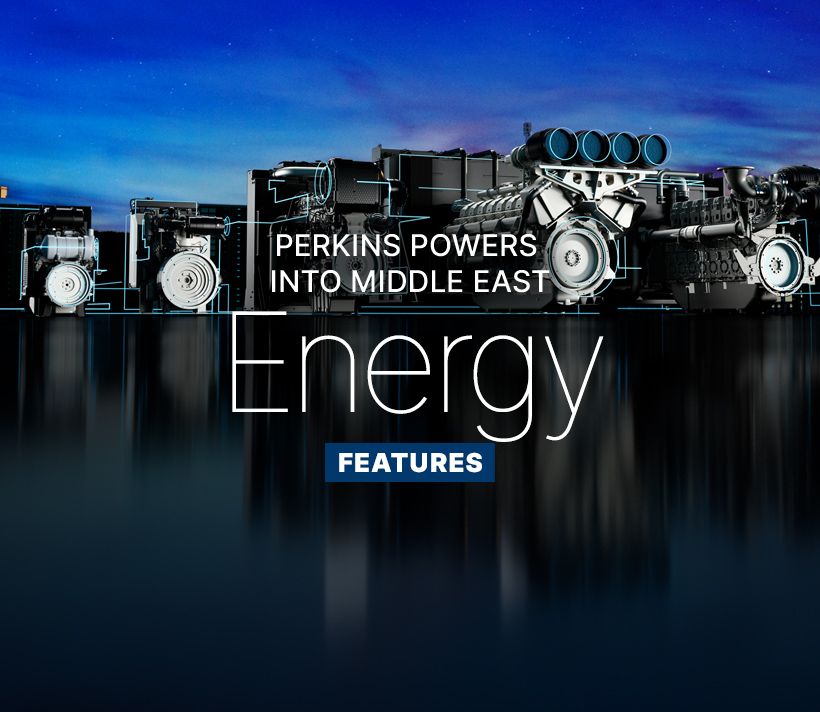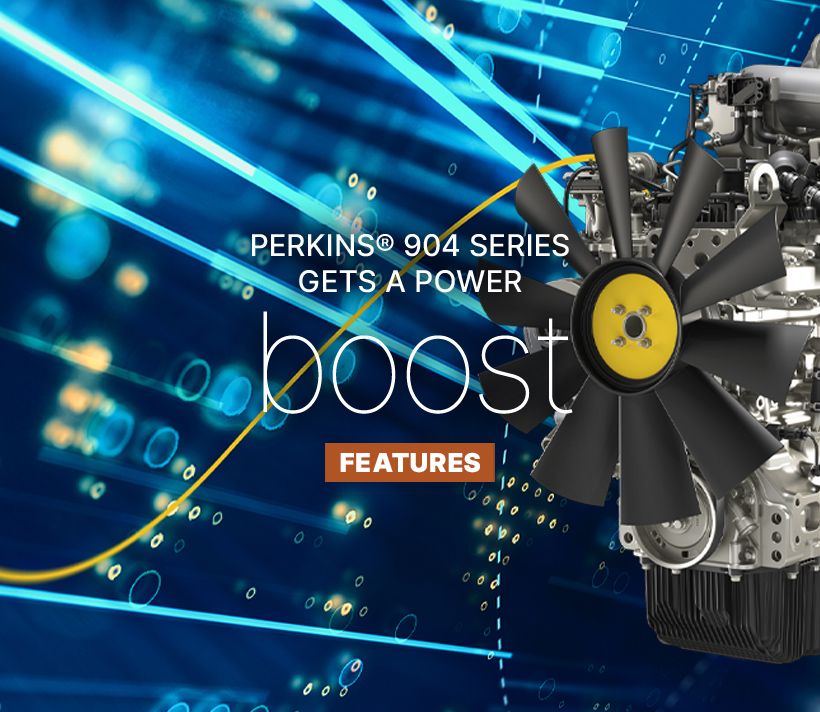If the 1000 Series had been described in launch publicity material as ‘the most important engine family in decades’, then the 1100 Series could be justified in claiming the label of ‘most important engine offspring’ – it marked Perkins’ largest-ever investment in a single engine programme.
While legendary engines such as the 4.236 comfortably stayed in production for decades with only minor changes and modifications, the 1000 Series had been introduced against the background of emerging emissions legislation. Tier 1 was on the horizon and Perkins engineers knew that hard graft now – embracing revolutionary new combustion research techniques, computer modelling, and novel analytic technologies – would pay dividends further down the line as the ratchet geared up and standards evolved.
Development of the 1100 Series would see that foresight vindicated. Customers were already familiar with the ‘genetics’ of the 1000: its revised combustion chambers, its offer of more power and torque balanced by lower fuel consumption, the customisation that allowed filters and fans to be configured to complement rather than compromise their designs. These same ‘genes’ would appear in the 1100, but there was more.
In the years leading up to the launch of the 1100 Series in 2001, Perkins had embarked on one of its most far-reaching examinations of what original equipment manufacturers (OEMs) wanted from their engines.
Of course, such feedback had always been valued. Since the very first days of operations, Perkins designs had always been guided by the demands of the market and the expectations of customers. But the pre-launch activity for the 1100 Series was on a completely different level, employing new research techniques in a much more systematic approach, the likes of which had never been seen before.
Quality Function Deployment (QFD) was used to identify the critical needs of machine operators and manufacturers from across the world. This information was then incorporated into the design and build process.
Research included focus groups of multi-functional decision-makers from leading OEMs, plus independently conducted tele-research to gain an open, unbiased view on industry drivers.
The critical difference was that in using QFD as the core of Perkins product development strategy, engines would be designed and built to exceed the requirements of the new emission standards while also improving on every aspect of performance, reliability and cost of ownership.
More than 1,100 individual customer demands were collected through the QFD process, with the research eventually whittling these down into 31 specific categories across four critical areas of performance: productivity, refinement and social responsibility, low cost of ownership, and product support.
Every single one of these demands was then shared with the 115-strong engine development product team. Over five years, the team strived to ensure that the development process incorporated these customer opinions, making the 1100 truly a ‘customer’s engine’. While other engine manufacturers were being driven solely by the pressing need to meet EU Stage II and U.S. EPA Tier 2 targets, Perkins’ starting point was the customer and their needs.
The overriding objective for the engine would be to ensure that it would be ahead of the game at launch, and capable of maintaining that technological and regulatory advantage as it moved through its life cycle. Tier 2 and Stage II exhaust emission standards were not due to roll out until 2003, but the approach to refinement and social responsibility would help to position the importance of the 1100 Series for an off-highway industry that was exhibiting an increasing concern for protecting the environment.
So how did this manifest in the engine itself? The design cues in the 1100 were indicative of Perkins’ complete and total understanding of diesel power: what made the new engine remarkable was how the numerous features adopted to meet the QFD outcomes added up to far more than the sum of their parts.
For example, the range built on Perkins’ traditional high efficiency combustion chamber. By improving airflow in the integral inlet manifolds on the 3- and 4-cylinder models, and throughout the crossflow cylinder head, the engine demonstrated more efficient breathing and cleaner power. The result? Both mechanical and electronic engines throughout the Series 1100 family would operate under normal conditions with no smoke visible to the naked eye.
Perkins was ahead of the game on oil and fuel filtration, too. A new ‘Eco plus’ system introduced across the 1100 family incorporated a re-usable canister, containing a disposable filter element. This gave easier, cleaner and cheaper disposal for the operator, yet still reduced environmental impact.
Meanwhile, improvements to fuel pump technology and more advanced electronic controls allowed Perkins to claim a significant improvement in engine fuel consumption – savings of between two percent and six percent were cited at launch. The 1100 was also the first engine to tailor its fuel efficiency to all parts of the output curve, permitting a greater degree of control over timing and fuel use.
Cleverly, Perkins also designed the 1100 to offer OEMs a seamless changeover, bearing in mind the imminent arrival of Stage 2 and Tier 2. Every model fitted within the installation envelope of its predecessor, with mounting points match for match.
Arguably, it was the 1100 Series – introduced more than 20 years ago – that laid the ground for the ‘total product solution’ on which Perkins prides itself today. With so much of the engine’s design attributable – in the large – to customer input and demands, this wasn’t just an engine made up of parts, but rather an entire engine philosophy.
Customers wanted more from their engines than power and size: total cost of ownership, including parts availability and service diagnostic support, alongside social responsibility, were also becoming increasingly important differentiators. Developed in parallel with the 1100 Series was a major new system called The Integrated Parts and Service System (TIPSS), which would transform the provision of parts information and diagnostics and service expertise out in the field.
Available at launch as a 3.3 litre 3-cylinder and a 4.4 litre 4-cylinder model, both available in naturally aspirated and turbocharged forms, and a six-litre turbo version, the power choice spanned 53-175 hp at 2400 rpm. It was a range that would expand considerably, securing attention and orders from hundreds of OEMS in the construction, agricultural, power generation, materials handling and defence markets.
It wasn’t only the range of engines that expanded, but production too. While associate and licensee operations had come and go over the years, engine production had always been centred around the Peterborough site in the United Kingdom. The early 21st century, however, was a time of expanding globalisation, made possible by efficient worldwide supply and procurement chains. The Brazilian plant at Curitiba opened in 2003, initially focused on building the 1000 Series and later on, mechanical and electronic variants of the 1100 Series.
But it was the flexibility and wide sectoral appeal of the 1100 Series that gave Perkins a huge opportunity to expand its annual global production through the Wuxi plant in China. A brand-new 1100 production line opened there in 2010, with output going to OEMs and end-users in the construction, agricultural, power generation and materials handling sectors not just in China, but across Asia Pacific and the rest of the world.
The 1100 Series was Perkins’ first engine of the 21st century. By this point, the company was considered as Europe’s number one engine manufacturer for the off-highway sector. The industry was looking for leadership; and for many, it was the 1100 that swiftly took the crown – an engine that still commands respect and remains widely used around the world today. It is a worthy successor to the celebrated engine designs we’ve showcased throughout this series.
Who keeps the lights on when the grid can’t? The power generation sector, of course. In the UK, its interests are represented by The Association of Manufacturers and suppliers of Power generating Systems (AMPS) – whose new director general, Alan Beech, came into post earlier this year.
Learn MoreHave you ever looked at the name of a Perkins engine and wondered what all those numbers and letters actually mean? If so, you’re certainly not alone. But rest assured the nomenclature is anything but random.
Read moreOne alternative fuel option we’ve researched heavily and have accommodated in our diesel engines for more than a decade is hydrotreated vegetable oil (HVO) – which must meet the EN 5940 standard – with the Perkins® 400 to 5000 Series able to use up to 100% HVO.
Read moreIn part two of our spotlight on marine we talk with Ben Lewis commercial manager, Dave Wood, application and tech support team lead and Stuart Phillipson, marine application and tech support to find out more about what’s in development for the marine range.
Read moreWhy stick to one fuel, when you can have a configurable power system?
Read moreMore than just a curiosity, they offer us different routes to future food security.
Read morePerkins marine engines has an illustrious history. Meet the team behind the brand.
Read morePower systems, services and technologies engineered for efficiency, productivity and fuel flexibility will be on show.
Read moreDelivering dependable prime and standby solutions with the 13 litre 2606 and a 46 litre 5012.
Read morePerkins has announced a power uplift to the popular 3.6 litre variant.
Read more
